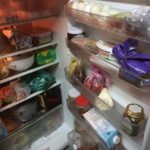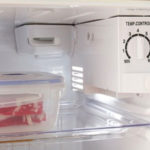In most households today, the presence of a device called a refrigerator can be said to be indispensable. The device operates continuously 24/24, in both summer and winter, helping to preserve and store the family’s food longer. However, it is also because of its continuous operation that the refrigerator is also listed as one of the most electricity-consuming devices in the home. Statistics from the Vietnam Electricity Corporation (EVN) in May showed that a large refrigerator consumes an average of 50 – 75 kWh of electricity per month, ranking 3rd among household appliances, following electric cookers and water heaters.
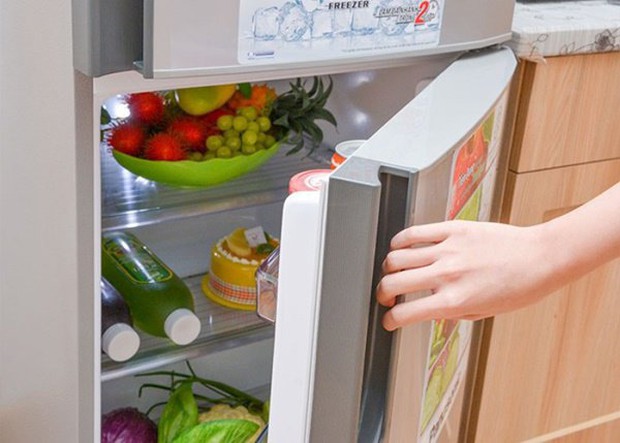
In reality, the above figures are just averages. During use, there are habits of users that can contribute to saving some of the electricity consumed by refrigerators. Especially in winter, this can be done with a simple action involving the 2 compartments – the freezer and the refrigeration compartment of the refrigerator. However, not many users really know and pay attention to this action. That is the temperature adjustment action with the twist knobs or control panel of the refrigerator.
How to adjust the refrigerator temperature in winter?
Experienced experts in the refrigeration industry suggest that in winter, in order to save electricity, users can consider adjusting the temperature of the refrigerator to a lower cooling level. Specifically, in the modern refrigerator models today, the internal temperature level of the refrigerator is regulated according to a range from 1-5 or 1-6. In summer, the temperature can be at maximum or near maximum levels, but in winter, adjusting the temperature to levels 2-3, or even 1, is completely possible.
Bach Hoa Xanh, a well-known retail supermarket chain, explains that at level 1, the temperature in the refrigerator will usually fluctuate from 2-5 degrees Celsius. This is an appropriate temperature level for the refrigerator to function well, fulfill its storing mission, food preservation, while also saving electricity. This can also be applied similarly to the freezer compartment of the refrigerator.
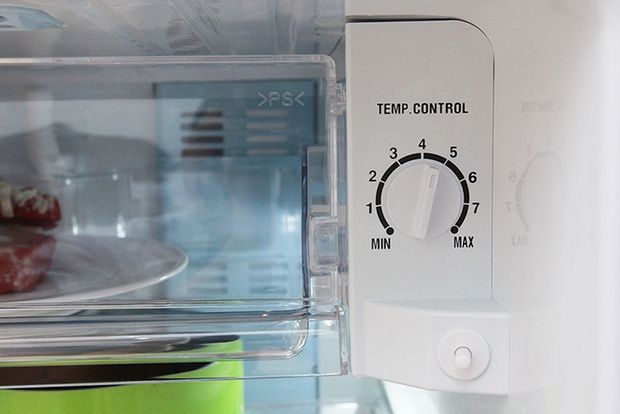
In addition to adjusting the temperature level of the refrigerator in winter, depending on the weather, users can also balance this action based on the amount of food being stored in the refrigerator. For example, when the refrigerator does not contain too many items, the cooling levels can be adjusted to a lower level.
On the contrary, when the refrigerator is storing a large amount of food, it is necessary to adjust to a higher cooling level. Especially, if the freezer compartment of the refrigerator is storing fresh food such as seafood, it is best to maintain a high cooling level of around -18 degrees Celsius. This temperature level will maximize the prevention of bacteria growth, thereby prolonging the shelf life of food, making it safer.
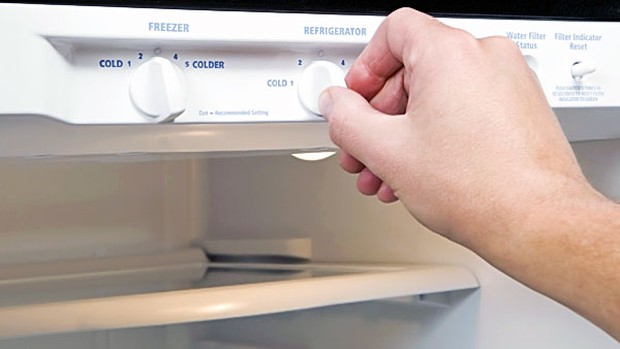
Other tips to help save refrigerator electricity
In addition to changing the temperature level of the refrigerator in winter, experts also provide additional advice on usage habits to help save more electricity consumption.
1. Proper refrigerator placement
Refrigerators usually dissipate heat at the back or on 2 side surfaces. When the heat dissipation process is affected, slower than usual, it will inadvertently increase the power consumption of the device. Therefore, depending on the heat dissipation position of the device, users should place the refrigerator in such a way that it is not too close to the wall or other obstacles.
It is also not advisable to place the refrigerator near other electronic devices such as microwave ovens, electric stoves, or ovens, as two devices that generate heat close to each other will significantly increase the temperature in the space, causing a decrease in the lifespan of the devices.

2. Limit opening the refrigerator door for a long time
Opening the refrigerator door for a long time, too long will cause the cold air inside the device to escape. This means that the compressor will need to operate more to generate cold air, in order to ensure cooling the items inside the refrigerator, resulting in higher power consumption.
Therefore, users should restrict opening the refrigerator door for a long time. After taking out the necessary items, make sure to close the refrigerator door securely, without leaving it open.
3. Store food in glass or ceramic boxes, bowls
At present, many households often store fruits, vegetables, or food in the refrigerator using plastic containers. However, experts suggest that users can consider using glass or ceramic containers as well, as these materials have better absorption and retention of cold air.
Arrange these containers in a reasonable way, not too many, stacked in the refrigerator, to allow even airflow, which will also significantly save the amount of electricity consumed by the refrigerator.
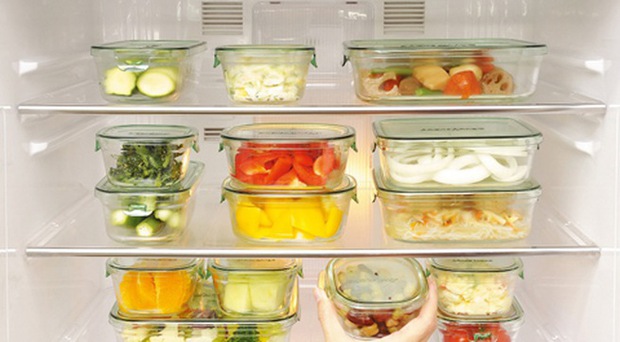
4. Regularly check and clean the refrigerator
A simple but essential habit to help save electricity when using a refrigerator is to maintain the habit of regularly checking and cleaning the refrigerator. In which, cleaning should be done about 1-3 months with the purpose of limiting long-term dirt adhering to the air vents, causing the compressor to operate more to provide enough temperature for the refrigerator, resulting in higher power consumption.
As for checking, users should monitor it daily, especially the door seal gasket area. After a long time, this part may be damaged, worn out, or slipped out of its original position, causing the refrigerator door to not close securely, leading to cold air loss and wasted electricity.
Is Refrigerated Leftovers Linked to an Increased Risk of Cancer?
Dr. Lam Van Man, Head of Research, Development and Technology Transfer Department of the Institute of Safety Food, has warned of the risk of food poisoning when reheating leftovers from the refrigerator. But what should we be aware of when it comes to the possibility of these leftovers causing cancer? Here, we explore what the experts have to say on the matter and offer some tips for safe eating.




























